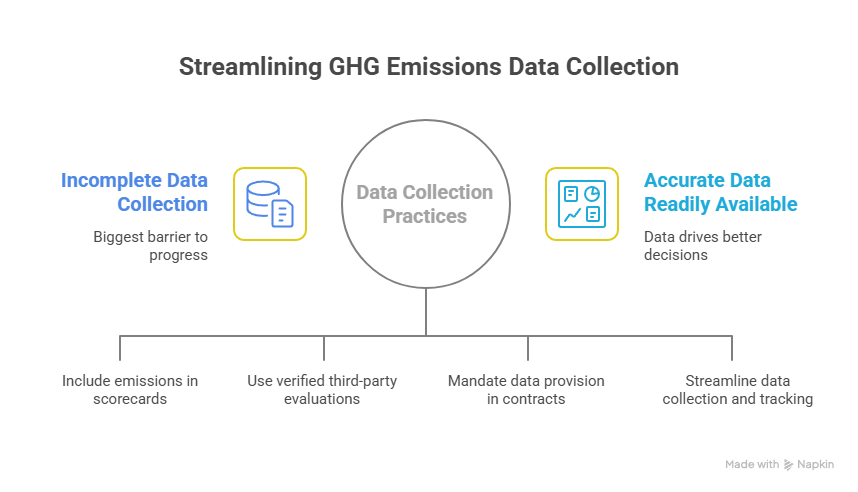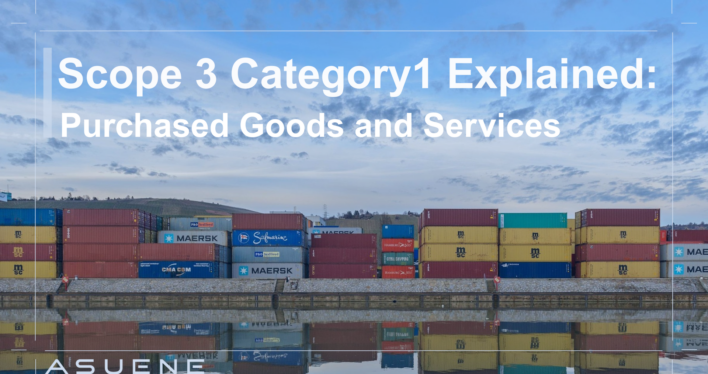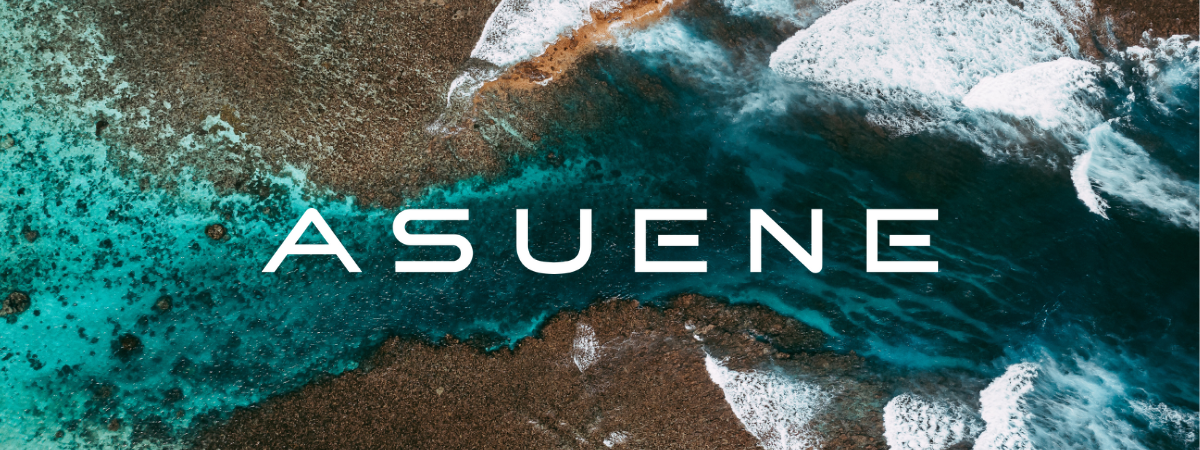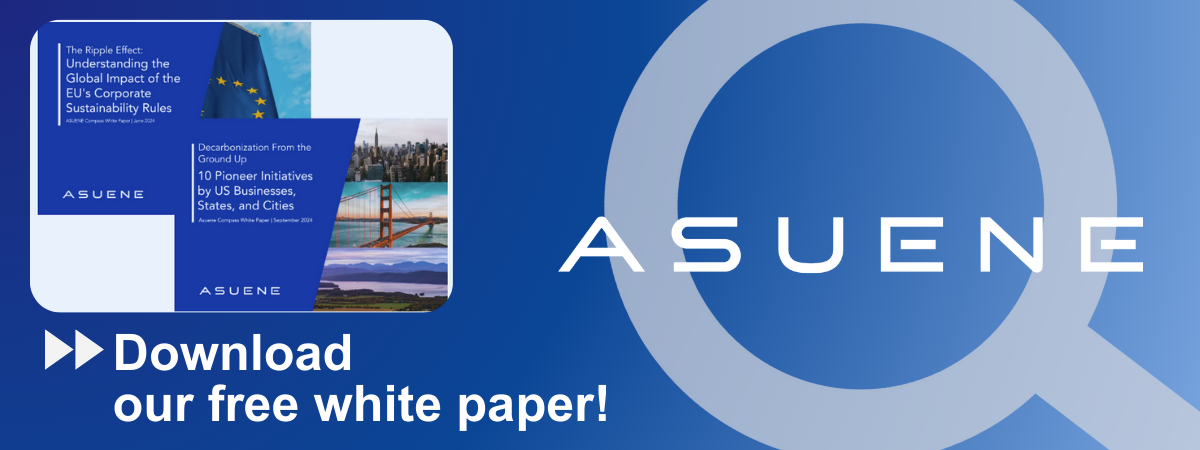- Article Summary
-
Overview of Category 1: Purchased Goods and Services
Scope 3 Category 1—Purchased Goods and Services—refers to all upstream emissions from the production of goods and services that a company acquires. It is often the largest source of indirect emissions, especially in industries with extensive supply chains such as retail, consumer goods, and manufacturing. These emissions originate from activities such as raw material extraction, product manufacturing, and packaging before products are delivered to the reporting company.
This category is particularly important in the context of net-zero strategies because it reflects emissions embedded in procurement decisions, which can account for 50% to 80% of total Scope 3 emissions.
Boundary and Scope Definition
Category 1 includes all cradle-to-gate emissions of purchased goods and services:
- Goods: Tangible products like raw materials, components, and finished products
- Services: Intangible services such as consulting, IT support, and outsourced logistics
Key distinction: These are emissions that occur before the goods and services reach the reporting company. It does not include capital goods (Category 2) or energy purchases (Scope 2 or Category 3).
This boundary setting is critical for regulatory alignment with:
- EU CSRD: Which demands full value chain emissions coverage
- SEC Climate Rules (2025): Where material Scope 3 categories must be reported

Calculation Methodologies
Three main calculation methods are recommended by the GHG Protocol and will be further refined in the 2025 updates:
- Spend-Based Method: Applies average emission factors per dollar spent on a product/service category. Widely used but limited in accuracy.
- Average Data Method: Uses average emissions for a specific product or service based on secondary databases.
- Supplier-Specific Method: Uses primary data provided by suppliers for specific goods/services. Offers highest accuracy but requires strong supplier collaboration.
Best practice is to combine these into a hybrid approach:
- High-impact goods: Use supplier-specific or average data
- Low-impact categories: Use spend-based approximations
Data Collection Strategies
Collecting accurate and complete data is often the biggest barrier. The following practices are essential:

- Supplier Questionnaires: Incorporating GHG emissions in supplier scorecards and onboarding
- Sustainability Ratings: Utilizing verified third-party evaluations where available
- Contractual Clauses: Mandating data provision in procurement contracts
- Digital Integration: Using enterprise platforms to streamline emissions data collection and tracking
The 2025 GHG Protocol guidance will emphasize primary data collection and verification, encouraging companies to build direct engagement mechanisms.
Emission Reduction Approaches
Decarbonizing Category 1 requires structural changes across procurement and supply chain operations:
- Supplier Engagement: Setting science-based targets for suppliers and offering capacity-building support
- Sustainable Sourcing: Preferring suppliers that use renewable energy, circular materials, and efficient manufacturing
- Material Substitution: Redesigning products to use low-carbon or recycled inputs
- Collaborative Platforms: Participating in industry-wide initiatives to improve transparency and climate performance
Example levers:
- Prefer suppliers with verified Environmental Product Declarations (EPDs)
- Implement supplier bonus-malus systems tied to emissions disclosure
- Shift purchasing decisions based on carbon price-internalized total cost of ownership
Case Studies: Leading Practices in Category 1 Management
Apple
Apple’s Supplier Clean Energy Program supports over 200 manufacturing partners in transitioning to renewable electricity, achieving a cumulative reduction of 13.9 million metric tons of CO₂e. The company also integrates recycled and bio-based materials into its devices. (Apple 2023 Environmental Progress Report)
Unilever
Unilever’s procurement strategy includes a deforestation-free supply chain pledge, climate performance-based supplier assessments, and a Responsible Sourcing Policy aligned with their Climate Transition Action Plan.
Interface
The flooring company Interface reduced its supply chain emissions by using bio-based and recycled materials and deploying lifecycle assessments across its product portfolio. The company offers carbon-negative carpet tiles through innovative material use.
These examples illustrate that impactful Scope 3 Category 1 reductions are achievable through supplier alignment, innovation in design, and integrating climate into procurement decisions.
Why Work with ASUENE Inc.?
Asuene is a key player in carbon accounting, offering a comprehensive platform that measures, reduces, and reports emissions, including Scope 1-3, with expertise in decarbonization. Asuene serves over 10,000 clients worldwide, providing an all-in-one solution that integrates GHG accounting, ESG supply chain management, a Carbon Credit exchange platform, and third-party verification.
ASUENE supports companies in achieving net-zero goals through advanced technology, consulting services, and an extensive network.


